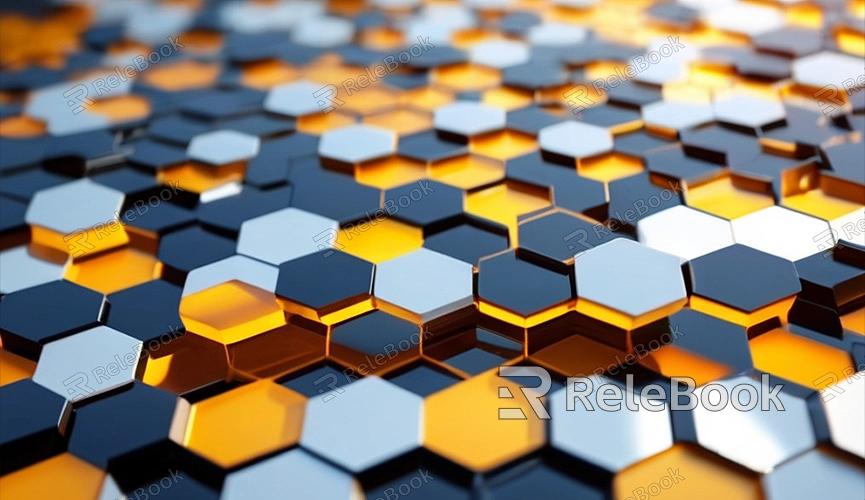How to render faster in blender setting
When using Blender for 3D modeling and animation, rendering speed can often be a frustrating issue. Complex scenes and high-resolution outputs may lead to long rendering times, especially for users with older hardware. However, by making some effective setting adjustments, you can significantly improve Blender's rendering speed, saving you both time and effort. This article will introduce several methods to optimize Blender's rendering speed and help you complete your projects more efficiently.
Use the Cycles or Eevee Engine

Blender offers two primary render engines: Cycles and Eevee. Choosing the right engine is the first step to improving rendering speed.
1. Cycles: This is Blender’s ray-tracing engine, suitable for projects that require realistic lighting and shadow effects. While Cycles produces stunning results, it is usually slower than Eevee. If you must use Cycles, you can try speeding it up by adjusting sample rates and enabling GPU rendering.
2. Eevee: This is Blender’s real-time render engine, offering very fast rendering speeds. It is ideal for scenes that do not require complex ray tracing. Although Eevee's results might not be as realistic as Cycles, its rendering quality is sufficient for many everyday projects.
Enable GPU Rendering
If your computer is equipped with a high-performance graphics card, enabling GPU rendering will significantly accelerate Blender's rendering speed. Here's how to enable GPU rendering:
1. Open Blender and go to the “Edit” menu, then select “Preferences.”
2. In the “System” tab, locate the “Cycles Render Devices” and choose your GPU.
3. Next, in the “Render Properties” panel, set the “Device” to “GPU Compute.”
Once GPU rendering is enabled, Blender will utilize the powerful computing capabilities of your graphics card to handle rendering tasks, greatly reducing render times.
Adjust Sampling Settings
Sampling directly affects both the quality and time of rendering. The more samples, the less noise in the image, but the render time will increase significantly. To speed up rendering, you can reduce the sample count while maintaining acceptable image quality.
In Cycles, you can adjust sampling as follows:
- Viewport Sampling: This controls the quality of rendering in the 3D Viewport. Usually, it can be set to a lower value for faster scene previews.
- Render Sampling: This is the sample count for the final render. Start with a lower sample count and gradually increase it based on your quality requirements.
In Eevee, rendering does not rely on sampling, as it uses real-time rendering technology. Therefore, this setting can be ignored for Eevee.
Use Adaptive Sampling
Blender’s adaptive sampling feature allows the software to automatically adjust the number of samples per pixel based on the complexity of the scene. This means fewer samples are used in simple areas, while more samples are applied in complex lighting and shadow areas, effectively reducing rendering time. To enable adaptive sampling:
1. Open the “Render Properties” panel.
2. Check the “Adaptive Sampling” option.
This way, Blender will automatically optimize sampling to improve rendering efficiency.
Simplify Lighting and Shadows
Lighting and shadows are critical factors in rendering speed. To improve rendering speed, try simplifying the lighting setup in your scene:
1. Reduce the Number of Light Sources: Minimize the number of light sources in the scene and use simple flat lights or ambient light.
2. Optimize Shadow Settings: Disable unnecessary shadow rendering or use Eevee’s soft shadow options to reduce computation time.
3. Use Lightmaps: In static scenes, pre-bake lightmaps to significantly reduce the need for real-time computation, thus speeding up rendering.
Simplify Scene Geometry
Complex geometry significantly increases render times. Simplify the details of less important objects, especially those far from the camera. You can simplify geometry using the following methods:
- Use LOD (Level of Detail): Apply different levels of detail to objects depending on their distance from the camera. Use simplified models for distant objects and high-detail models for close-up views.
- Optimize Subdivision Surfaces: Subdivision surfaces increase the number of faces on a model, thereby increasing render times. Only use high subdivision levels when necessary, and lower them in other instances.
Use Proxies and Lower Resolution Images
Using high-resolution textures and models in a scene can dramatically increase render times. To speed up rendering, use low-resolution proxy files or reduce texture resolution, especially during the testing phase. Switch back to high-resolution assets only for the final render.
If you need high-quality 3D textures and HDRIs for building models and virtual scenes, you can download them for free from [Relebook](https://textures.relebook.com/). If you need premium 3D models, you can download them from [Relebook](https://3dmodels.relebook.com/). Relebook offers a wide range of quality 3D resources that can help save time and improve efficiency.
By optimizing the render engine, enabling GPU rendering, adjusting samples, simplifying lighting, and reducing scene complexity, you can significantly speed up Blender’s rendering process. Faster rendering not only accelerates your workflow but also allows you to better test and refine your scene. By effectively applying these tips, you’ll be able to maintain high rendering quality while drastically shortening render times.

